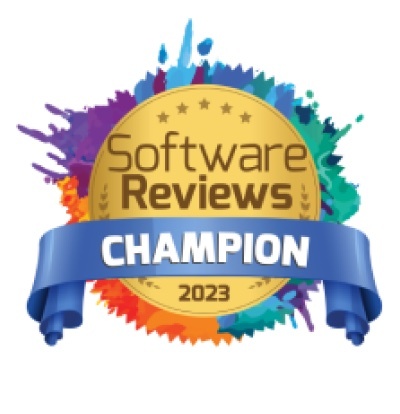The General Data Protection Regulation (GDPR) deadline is creeping up and enterprises worldwide are freaking out.
Rightly so – they are being forced to implement huge changes to their many systems in order to comply with GDPR, and failure to do so could earn them massive penalties. As companies dive in and begin their GDPR journey, the question on everyone’s mind seems to be:
Where the F&*% is the Data?
That’s right. Where is the data?
Whether a company notices risk of a potential security breach and needs to inform a particular customer of such, or must delete a specific customer’s personal data from its entire system as a result of the “right to be forgotten” clause, the first step is always FIND the data. Unfortunately, with so much data floating around today scattered throughout so many different systems, it is extremely difficult to FIND the data. It’s hard to know where to look, how to look, where not to look, and most importantly, whether or not the data you found is even what you’re looking for.
Entire BI groups are often tasked with manually tracing the entire data journey to get a clear view of data lineage, which is of course extremely time consuming and not highly accurate. Often times they’ll spend hours or days on searching for the data they need, only to discover that it’s incorrect data or incomplete data.
So, yeah, everyone’s wondering where the F&*% the data is that they need, but what about asking a different question?
What about asking how metadata can help?
That’s right, metadata. A set of data that describes and gives information about other data sets.
Metadata management is rapidly gaining traction and becoming a known must-have within data-driven organizations who understand that the better the grasp they have of their metadata, the better the grasp they have of their data. Easy peasy.
Now let’s get back to GDPR. Companies are being forced to improve this so-called grasp of their data, but, in a survey of 200 UK small and medium-sized enterprise (SME) employers, 30% of respondents did not have an awareness of metadata. This is of course mildly alarming as the May GDPR deadline is only a few months out and metadata management is proving to be key in the compliance process.
Now let’s take this even further as we still haven’t hit the nail on the head. Metadata management is great, it’s being accepted widely as a need, but what about asking how automated metadata management can help organizations achieve GDPR compliance?
Now we’re talking. An automated metadata management tool can dramatically decrease the amount of time and effort companies spend finding and understanding their data on their quest to comply with GDPR regulations.
So, the real question, the right question that everyone should be asking is “What’s the best metadata management tool out there today that will enable me to most quickly and most accurately find my data so that I can achieve GDPR compliance?”
And the answer? Decide for yourself.
Achieve GDPR Compliance faster with Octopai’s automated metadata management platform.







